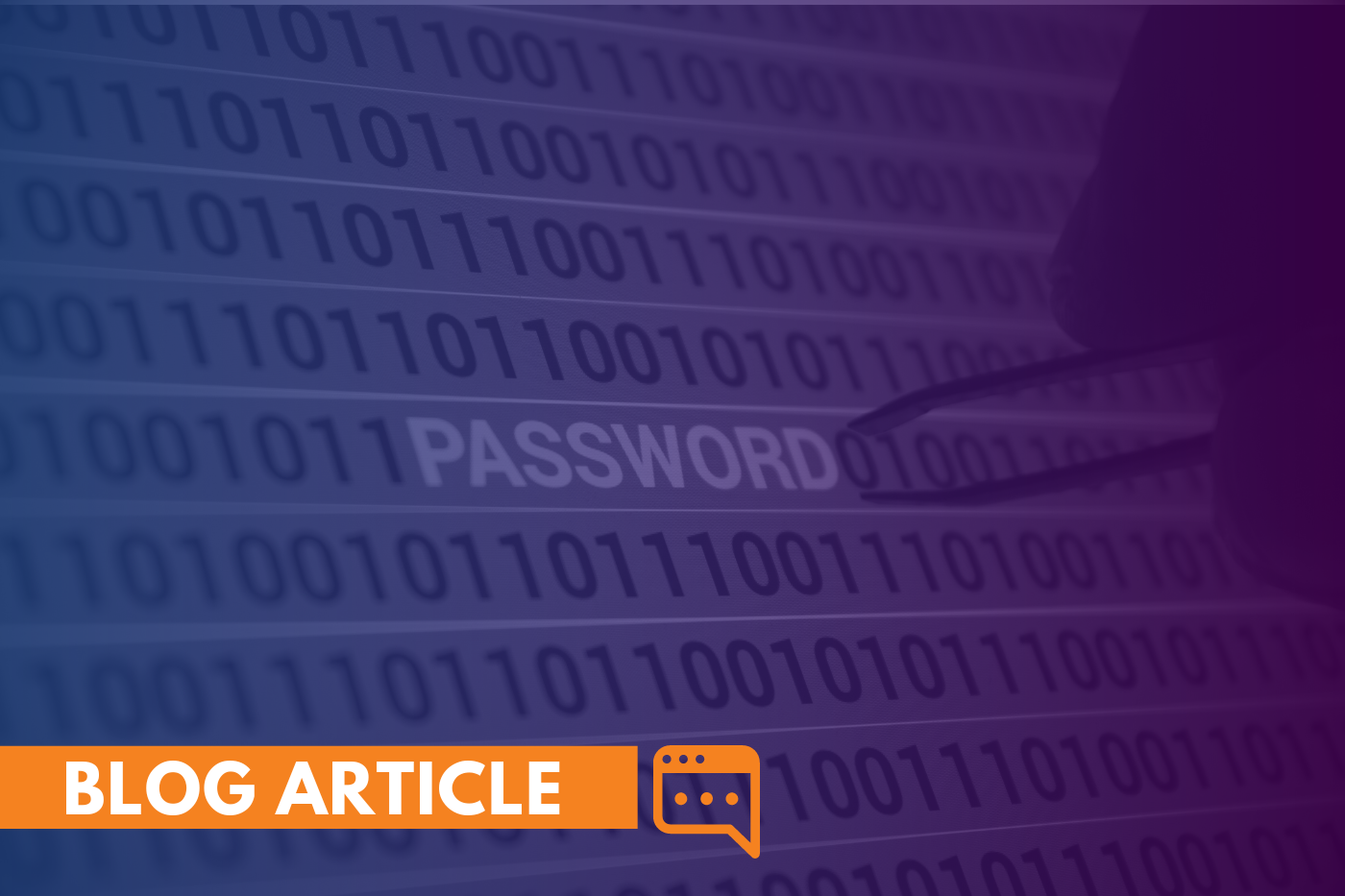

Let’s face it, remembering complex passwords for every single account – from banking and shopping to social media and work – can be a challenge. The temptation to reuse birthdays, pet names, or even a universal password for everything becomes strong. Here’s the catch: weak passwords are like flimsy locks for your digital vault – easily picked by hackers.
World Password Day (May 2nd) serves as a timely reminder to reassess your online security, so let us equip you with the knowledge and tools to build impenetrable password defenses. Below, we go beyond the typical “change your password every three months” advice and explore best practices to keep your accounts (and data) secure.
Combine uppercase and lowercase letters, numbers, and symbols. Think “Password1234” vs. “Pa$$WorD1234!” – a small difference with a big impact! Steer clear of easily guessable information like birthdays, names, or common words, phrases, or sequences that lack uniqueness. Complexity is kryptonite to hackers. The stronger your password, the weaker their chances.
Brute-force attacks, which use automated software to guess usernames and passwords, can crack an eight-character password in a surprisingly short amount of time. To make your password more secure, aim for at least 12 characters. Here’s a helpful tip: consider using passphrases – sequences of random words or a sentence – which can be both strong and easier to remember. Example: “AlwaysBringSunscreen72!” (generated by a secure passphrase generator)
Resist the urge to use the same password across multiple accounts. Just like using the same key for multiple doors, reusing passwords puts all your accounts at risk if one is compromised. Consider using a reputable password manager. A password manager securely generates and stores complex passwords for you, eliminating the need to remember them all. That said, avoid browser or free, unsecured password managers and opt for a solution recommended by your managed services provider or internal IT team.
How frequently you change your passwords depends on several factors, such as the sensitivity of the information stored and the level of risk associated with the account. For high-risk accounts, like online banking or business email, changing your passwords at least every three (3) months is recommended. Moderate-risk accounts, like social media or online shopping, may benefit from password changes every 3 to 6 months. Low-risk accounts can likely get by with updating passwords only once or twice a year. However, regardless of the risk level, it’s crucial to update your passwords immediately after any suspected security breach.
Traditional password recovery methods, like security questions, have vulnerabilities as answers can be easily found online or through social engineering. To enhance security, consider unconventional questions with unique answers that only you would know. For example, if the question is “What is your favorite city?”, your answer could be “the one with the big bridge” instead of the actual city name.
Additionally, password managers provide a secure option for storing recovery details. Alternative methods such as recovery emails, security keys, or biometric authentication offer additional layers of security.
Take multi-factor authentication (MFA) to the next level by integrating biometrics for a security shield as unique as you are. Biometrics complement the traditional knowledge (password) and possession (phone) factors, creating a robust and sophisticated authentication experience.
Biometric authentication uses your inherent physical or behavioral traits – fingerprints, facial recognition, or voice patterns – adding a highly personalized layer that’s very difficult to forge. This evolution of MFA strengthens your defenses against unauthorized access and combats MFA fatigue.
Disable auto-fill features on password managers. Malicious code on websites can capture passwords through invisible login boxes.
Even with strong passwords and next-level multi-factor authentication, organizations need a layered approach to data security. Here are some additional steps your organization can take to protect your digital assets:
By layering these strategies, your organization can significantly strengthen its data security posture, making it much harder for attackers to breach your defenses and access sensitive information. For a deeper dive, explore our comprehensive security recommendations in the article “24 Cybersecurity Priorities for 2024.”
World Password Day is a helpful reminder for strong password practices, but at Omega Systems, robust data security is a year-round priority, not just a one-day awareness campaign.
We Prioritize Your Defense: We offer advanced password management solutions and next-level multi-factor authentication, ensuring strong password hygiene and an extra layer of security. Additionally, our comprehensive MDR service, Smart Guard, provides advanced threat hunting, intelligence, and 24×7 security incident response, safeguarding your organization from evolving threats. You gain this protection without the internal expertise or overhead of maintaining an in-house security operations center (SOC).
Our commitment extends beyond technology. We partner with you to develop a culture of security awareness within your organization, ensuring ongoing vigilance against evolving threats. Contact us today for a free consultation and learn more about our holistic managed security services.
 Book an IT Discovery Call
Book an IT Discovery CallWhether your needs include IT support, security, or compliance (or all three), our trusted experts are here to help you navigate a path forward.
Book a time on my calendar & let’s get started.